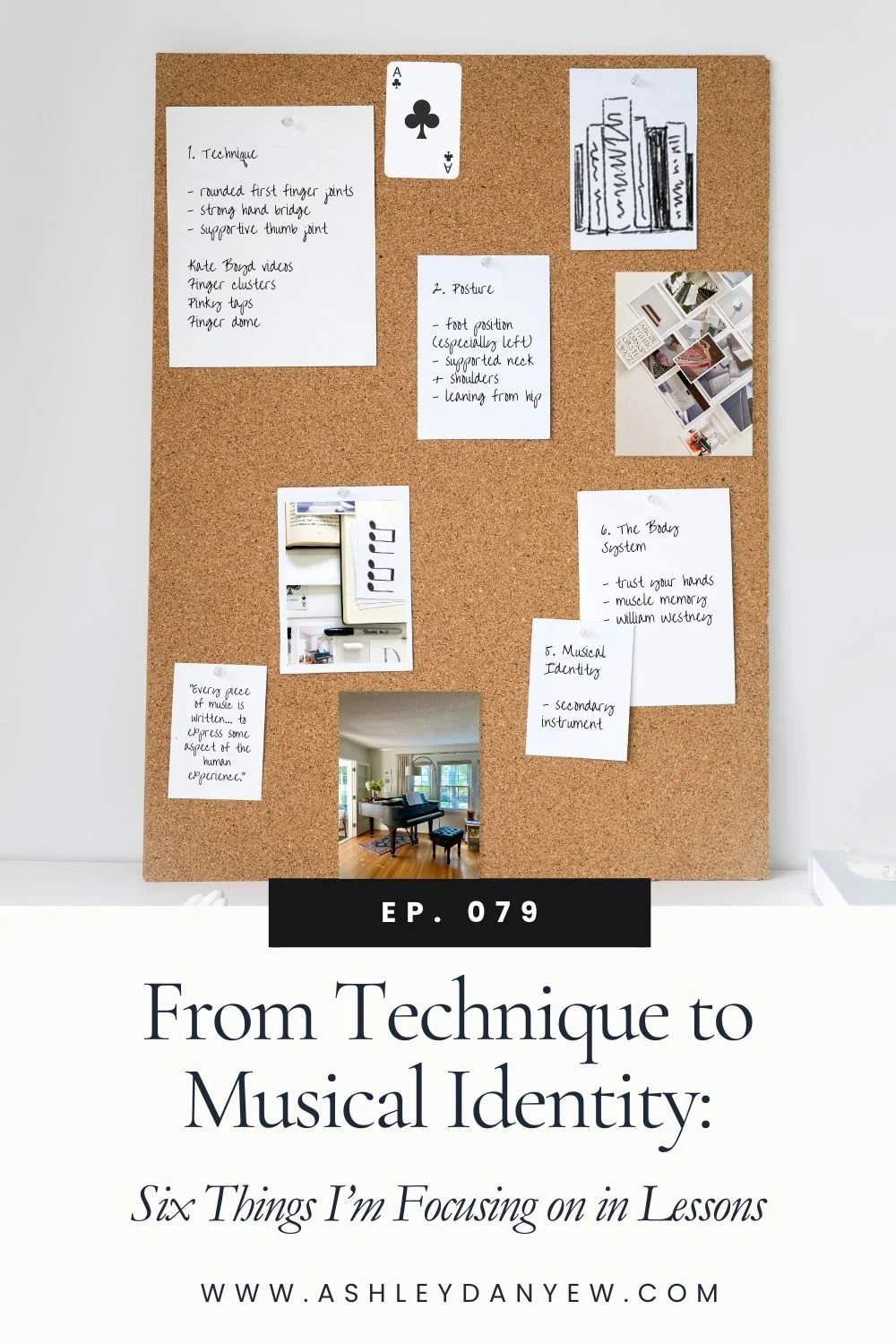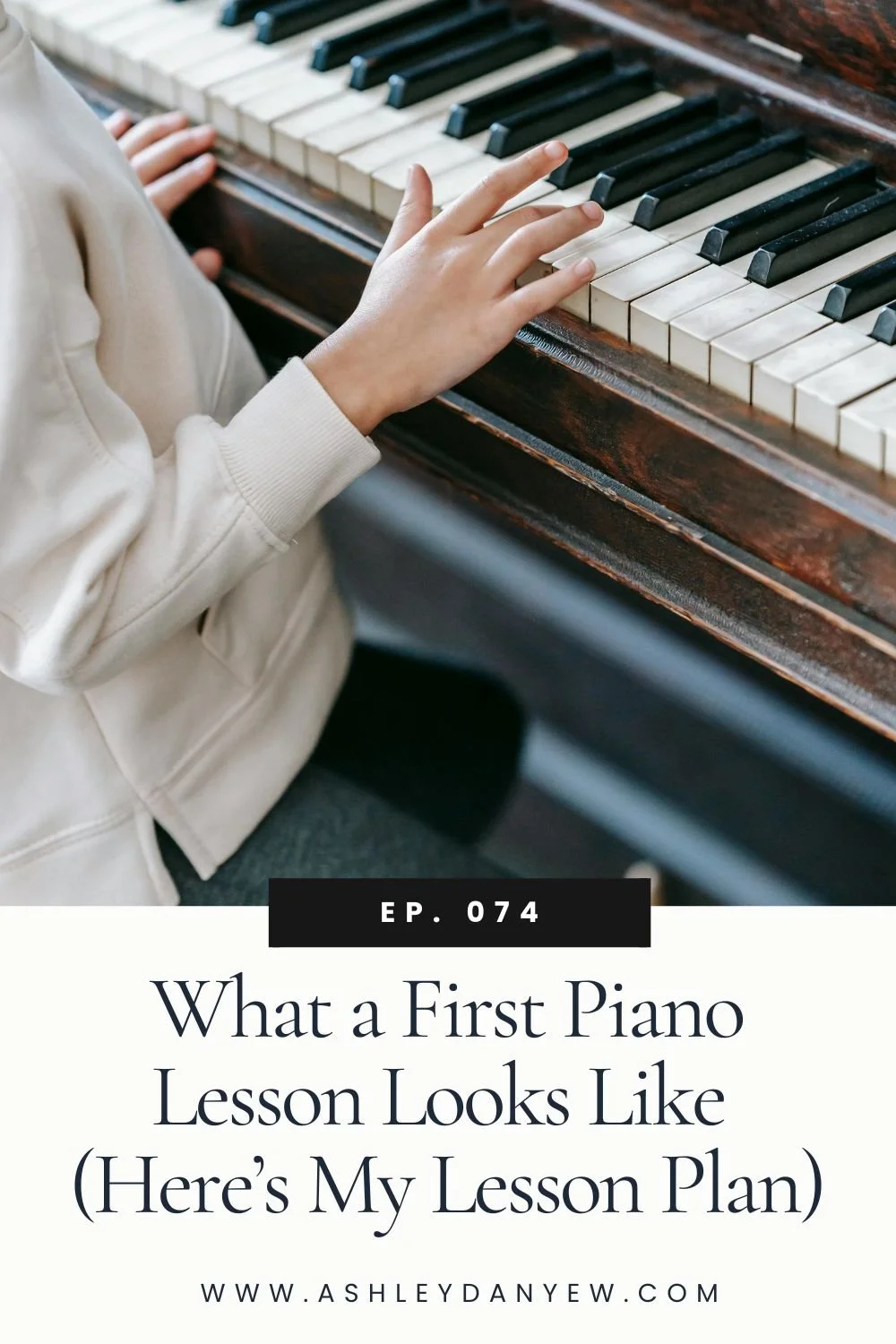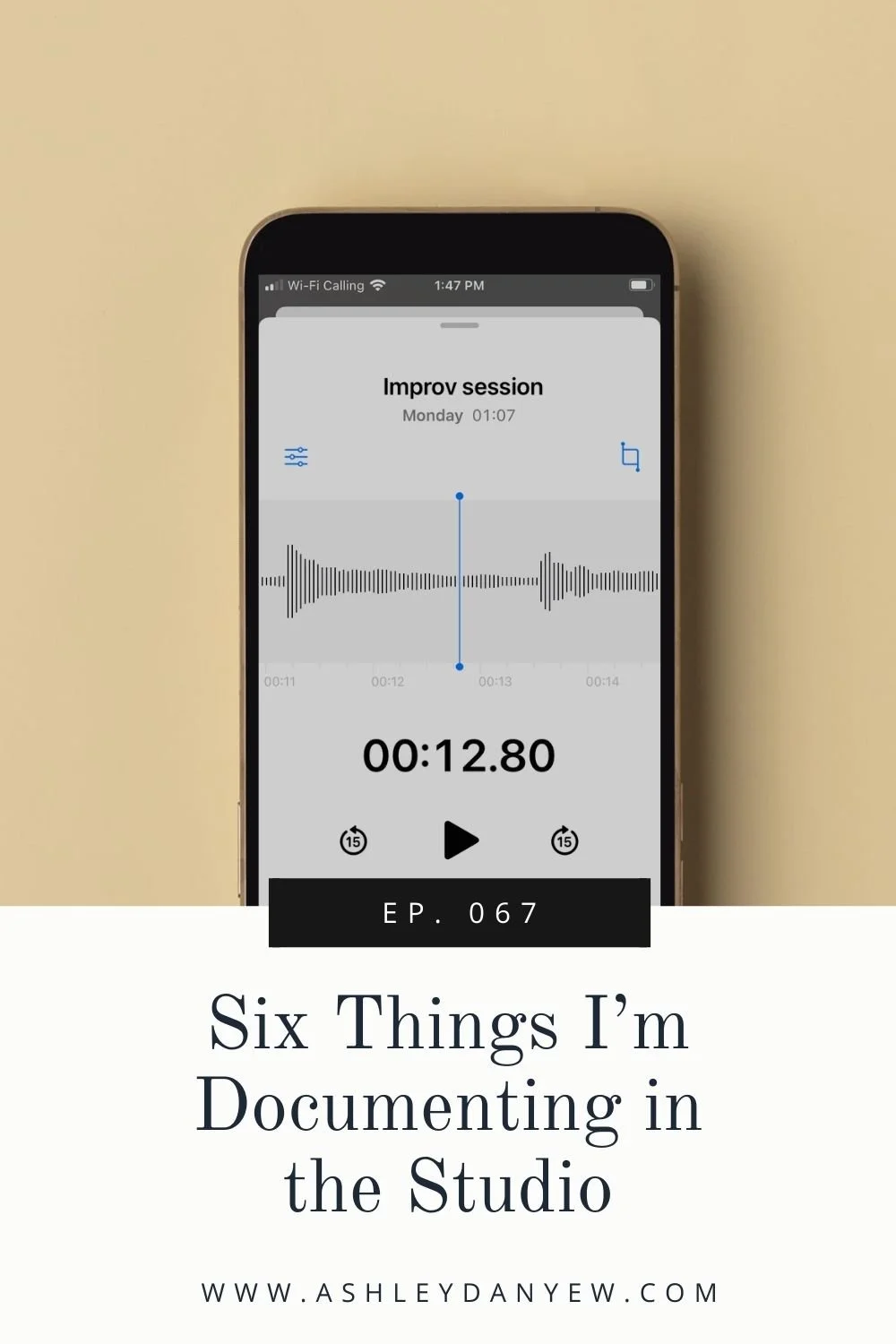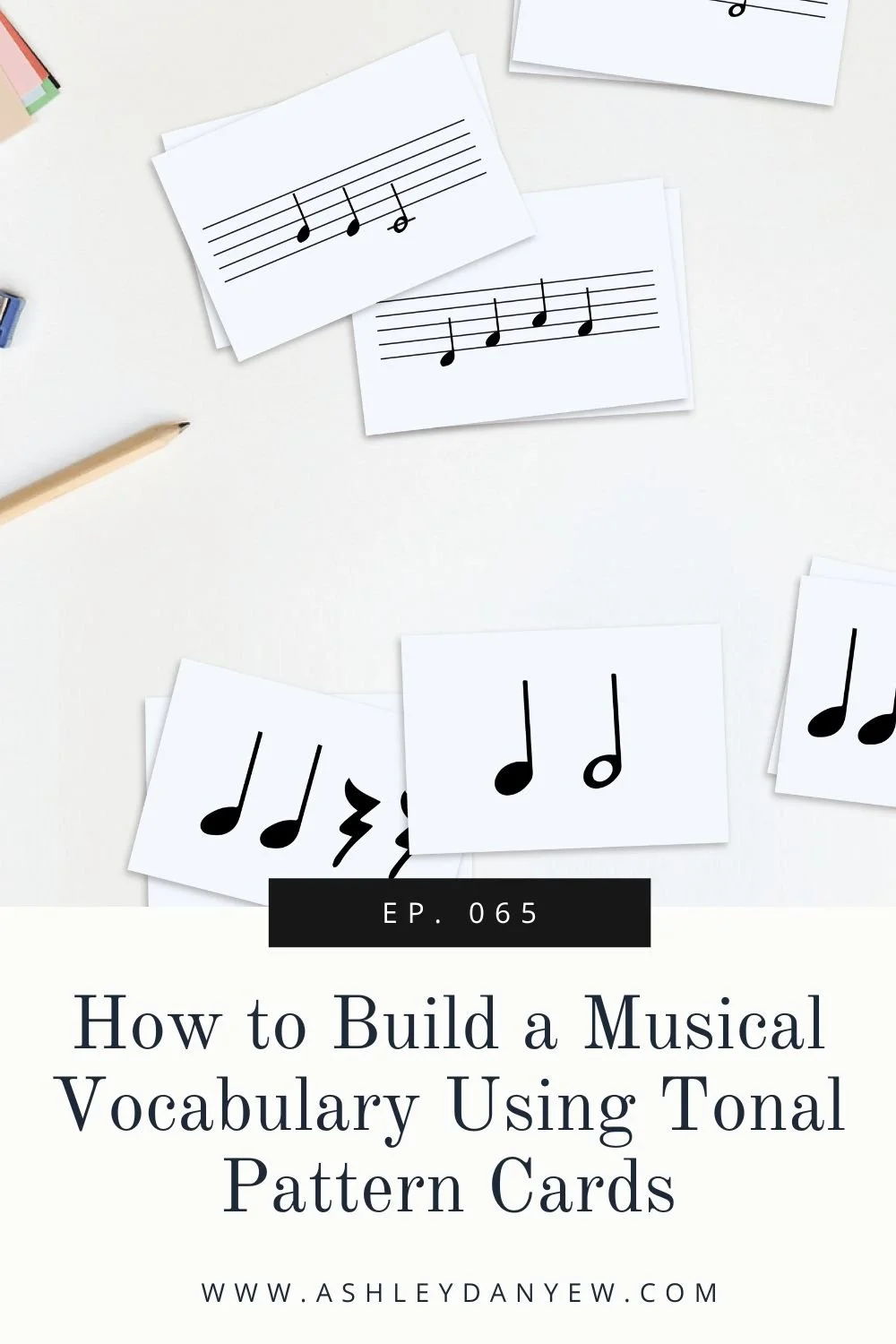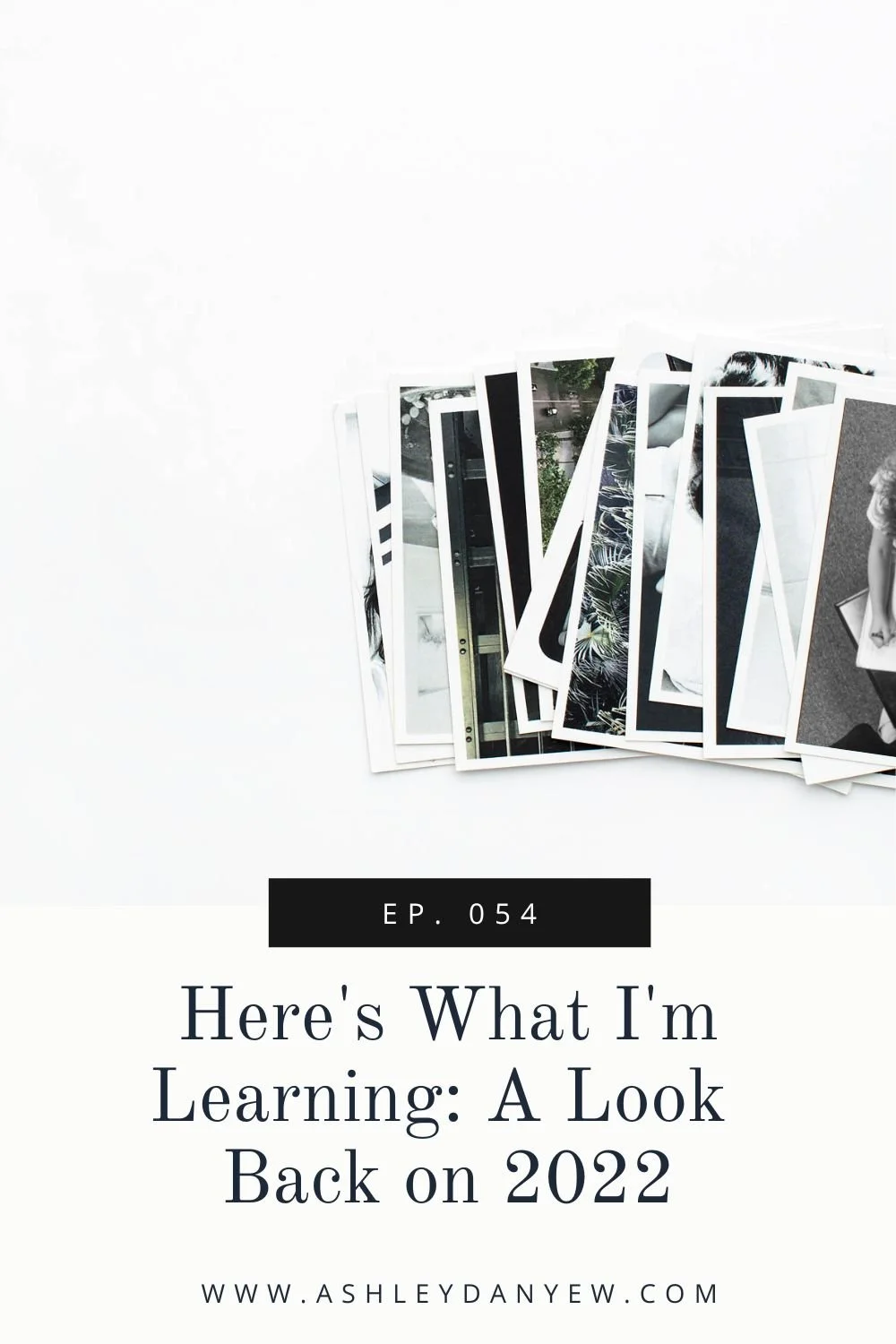Resources Mentioned
*Disclosure: I get commissions for purchases made through some of these links.
The Ultimate Guide to Children’s Choir Warm-Ups (+ a free eBook!)
Tonal & Rhythm Pattern Cards (Younger Elementary) - a printable set of 152 cards (88 tonal patterns + 64 rhythm patterns) designed for younger elementary (K-2nd grade) students
Tonal & Rhythm Pattern Cards (Older Elementary) - a printable set of 216 cards (88 tonal patterns + 128 rhythm patterns) designed for older elementary (3rd-5th grade) students
How We Learn: The Surprising Truth About When, Where, and How It Happens - a fascinating look at the learning process by Benedict Carey
7 Fun Games for Children’s Choir (+ a free eBook!)
Let’s talk about musicianship.
Musicianship is the skills you have as a musician: things like listening, singing, playing, creating, performing. It’s also the ability to “think in sound,” or audiate (source). This means hearing music in your head without any sound being present. Think of this as the ability to read a book silently — hearing the words in your head as you read them but not actually saying them out loud.
There are two things that help us develop this skill: exposure and experience.
Today, we’re going to talk about some practical, intentional ways to develop musicianship in those you teach. There are many different facets of musicianship, all things you can touch on in your lessons, classes, and rehearsals throughout the year. Here are a few examples:
Listening (including pitch recognition, intervals, phrasing, dynamics, listening to each other, and form)
Singing (including breathing, vowels, and tone production)
Improvising and Composing (making music spontaneously in the moment and the ability to write those ideas down)
Expression (including phrasing, dynamics, and movement)
Tonality (including singing with solfege and understanding the difference between a melody, bass line, and harmony part)
Rhythm and Steady Beat (including counting, chanting, and moving)
Reading (including music notation, symbols, and intervals)
Are you starting to get a sense of how big this topic is?
Obviously, there are lots of things you can include in your lesson plans throughout the year to cultivate various aspects of musicianship in your students.
Which brings me to the main part of today’s episode: 10 practical things you can do to develop musicianship in those you teach, week by week, all throughout the year.
01 | Choose warm-ups that prepare new concepts.
Researcher and educator Edwin Gordon noted that it’s important to hear and sing musical patterns before seeing them (source).
Think about a musical concept like step vs. skip. If you’re teaching this concept for the first time, you might explore how they're different or what they feel like to sing or play. What do they sound like melodically and harmonically? This is all done without notation, just listening to and experiencing the differences.
Think about ways to prepare new concepts like dynamics or melodic patterns that might come from a new piece you plan to introduce, dotted rhythms or minor tonality or a new meter, like 6/8.
All of these things can be prepared through warm-ups — simple exercises that you do at the beginning of your lesson or rehearsal.
Try a short exercise like:
It seems simple enough, right? Just a descending, 5-note scale, but it goes through all the important vowels that we use in singing. It’s a great way to introduce those vowels and talk about vowel production, tone production, phrasing, legato singing, stepwise motion, etc., all without going into too much detail. Let your singers experience all those things through the warm-up before you really dig into them in the context of a piece of music.
Related posts:
The Ultimate Guide to Children’s Choir Warm-Ups [+ free eBook]
The Value of Teaching Vowels to Your Children’s Choir
If you’re working with instrumentalists, create a warm-up pattern they can use that will prepare them for a new technique they’ll use in a new piece or prepare them to play in a new key or meter. Practice the exercise with different dynamics or a change in tempo or with different articulation (legato vs. staccato).
02 | Sing a cappella
Singing a cappella gives us a great opportunity to listen to each other (and ourselves!). Young singers especially need time to learn how to use their voices and manipulate them and singing a cappella is a great way to do this.
It also gives new singers (of any age) an opportunity to learn how to predict melodic and rhythmic patterns instead of simply responding to the keyboard or the piano. This way, they can focus more on the shape and direction of the line without the distraction of accompaniment (at first). This is especially important when first learning something: focus on that melody — the phrasing and shape of the musical line — without the distraction of another part.
But this isn’t just for choir and elementary music classes. Singing a cappella is a wonderful way for instrumentalists to internalize the music, develop expression and dynamic sensitivity, and experience phrasing.
03 | Use props and other visuals.
This makes learning fun and memorable, plus it helps turn music, which is an aural art, into something more tangible. Here are a few ideas for incorporating more visuals into your teaching:
Draw phrase shapes in the air or on the board
Use color wheels or paint chips to illustrate dynamic variations
Toss a balloon up in the air as you sing long notes
Use colored shapes to outline the musical form of a piece
Choose a picture icon to represent each phrase
What ideas do you have?
04 | Chant the rhythm.
This is a great practice strategy for a new piece or section of a piece. It’s an opportunity to break apart the piece into layers and focus on one musical element at a time. Here’s an example of what this might sound like:
Can you tell what song this is? Again, this should be done without notation.
When chanting the rhythm, make sure to speak with inflection instead of chanting like a robot, where everything is low in the voice. This might be your student’s natural tendency, so encourage them to have rises and falls in their voice and make it more dynamic and interesting.
Use a neutral syllable like “bah” at first. Once the rhythm is more familiar, switch to a counting method of your choice or the text of the anthem or song, if applicable.
If your students are to the point where they are starting to read some music notation, pull out some rhythm patterns from a piece they’re working on and write them on the board or a place where everybody can see them. Point to each rhythm as you chant it and point again as they chant it. This is a way to bridge rote-learning and music-reading.
Related posts:
Tried-and-True Rhythm Games for Children’s Choir (Part I)
Tried-and-True Rhythm Games for Children’s Choir (Part II)
05 | Sing on a neutral syllable
Like no. 4, this is a useful strategy for a new piece or section of a piece. Use a neutral syllable like “bum” or “doo” in the beginning, rather than singing with text right away. This helps learners focus on the musical qualities of the melody.
Focus on lyricism, phrase-shape, breath, dynamics, intervals, etc. — all the melodic elements (and rhythm, of course, at this point).
If your students are beginning to read, have them point to the notes in their music as they sing or, if the music is on the whiteboard or a screen, have them draw the shape of the melody in the air as it rises and falls. You can do this with instrumentalists, too! Remember, singing is a great way to connect their inner musicianship and musical understanding with the music they are able to create and express on their instrument.
06 | Use movement to develop a sense of steady beat
Listen to a piece of music — something with a steady tempo — and have your students tap the steady beat with you. Mix it up by changing the placement of the beat every 4-8 measures: from their laps to their shoulders to their heads, to their noses, to their elbows, etc.
If you have space, have them step the steady beat (moving around the room) as they listen. No talking, of course! Just listening and showing the steady beat. Have them step it, hop on one foot, clap it, tap on different places of their bodies, etc. — anything to get them a little more actively engaged.
Use clapping games to reinforce steady beat, too, and try teaching them a 4-beat movement sequence to use while listening to a piece of music (e.g. step, step, pat, clap or pat, pat, clap, clap).
Related posts:
10 Movement Activities for Children’s Choir
16 Clapping Games for Children’s Choir
07 | Study the score together
I recommend doing this in small sections, maybe 8-16 bars at a time.
Piece together part of the score (using PowerPoint or an enlarged copy cut up into individual measures). This is a great way to introduce score-reading to your students, especially in a class or choir setting, without just handing out copies of the music and asking them to follow along.
Give your students some things to find:
Look for patterns (melodic and rhythmic), things that look the same.
Show them how to find dynamic markings and color-code them. I wrote a post all about using color to teach music literacy last month; look for the link to that in the show notes.
Have them look for familiar intervals, things you’ve prepared aurally through warm-ups and distinguish between them by drawing a triangle around the 3rds, a square around the 4ths, and a starburst around the 5ths.
It’s kind of like a scavenger hunt, which I know my students love!
Related post: How to Use Color to Teach Music Literacy
08 | Turn it into a game
In the book, How We Learn: The Surprising Truth About When, Where, and How It Happens, Benedict Carey wrote, “Games are the best learning tool.” It’s true, right? Games help make learning fun and memorable.
Use musical games to review vowels, intervals, rhythm patterns, solfege, etc. Teach improvisation by playing a musical question and answer game. Play a “Musical Memory” matching game to help students identify same vs. different in various one-bar melodic and rhythm patterns. This makes a great gathering activity that students can play as they arrive, before you begin. My husband and I used “Musical Memory” in community settings, as well, with a group of children, youth, and adults and everyone loved it!
Related posts:
7 Fun Games for Children’s Choir
Fun, Easy Gathering Activities for Children’s Choir
I hope this episode inspires you to plan creative and intentional ways to develop musicianship in those you teach each week. What are your favorite teaching strategies? I’d love to hear.
Learn how to lead and teach your children’s choir, creatively and confidently.
Join me in Directing a Church Children’s Choir 101, a
4-week online training program geared specifically toward children’s choir directors in church settings.










